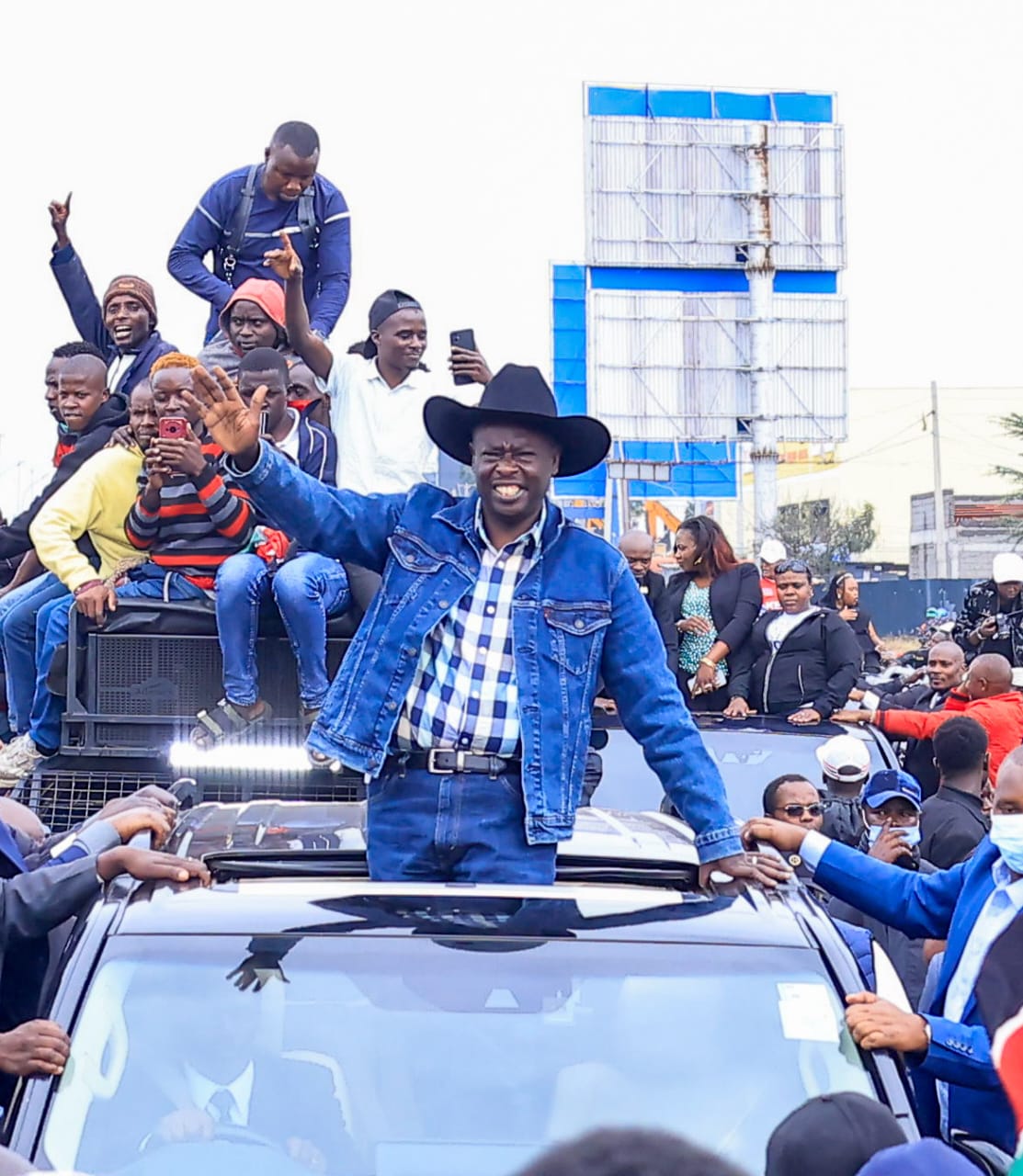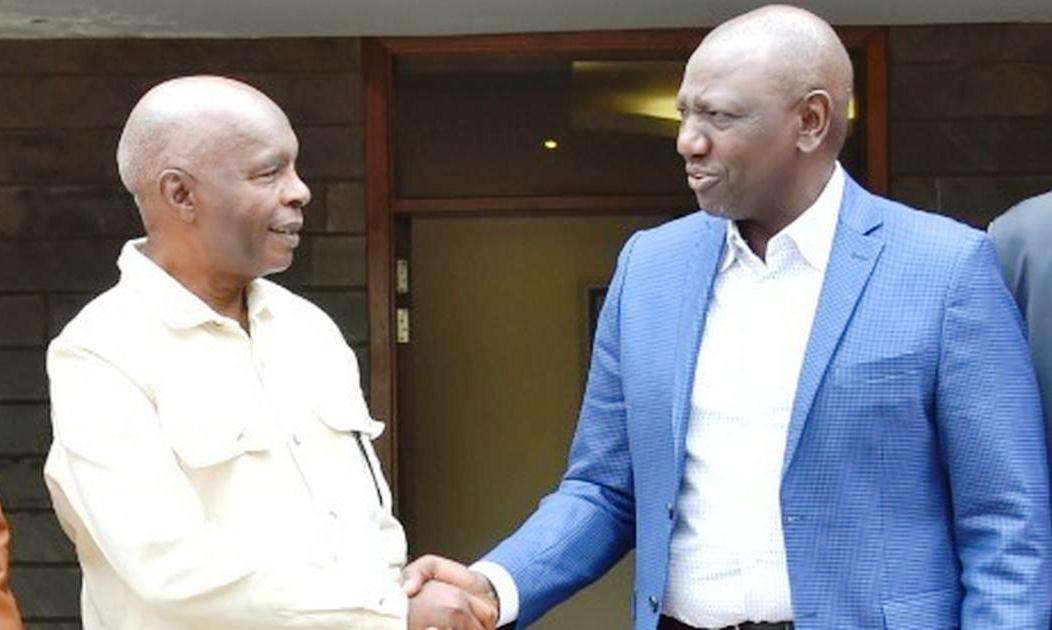By TWV Political Desk
In Kenya’s high-stakes politics, a leader’s homecoming can redefine their stature and electrify supporters. Raila Odinga’s 2014 return from the US and Uhuru Kenyatta’s 2011 arrival from The Hague remain iconic, both drawing massive crowds and intense media attention.
To unlock the full article:
Choose one of the options below:
- Ksh 10 – This article only
- Ksh 300 – Monthly subscription
- Ksh 2340 – Yearly subscription (10% off)
By contrast, former Deputy President Rigathi Gachagua’s return yesterday from a six-week trip to the United States failed to replicate that magic. Instead of triumph, the event was marred by chaos, confusion, and indifference. Here are five reasons why his homecoming fell flat compared to Odinga’s and Kenyatta’s.
Gachagua’s political clout has waned since his impeachment in October 2024 over allegations of corruption and ethnic divisiveness. Though he retains a loyal following in Mt Kenya, his influence outside the region remains limited.
Unlike Odinga in 2014, who returned as a resilient opposition leader after his 2013 election loss, Gachagua came back weakened and politically vulnerable. Similarly, Kenyatta’s 2011 return from The Hague framed him as a victim of international persecution, rallying support across ethnic and political divides, an appeal Gachagua could not muster.
The convoy escorting him from Jomo Kenyatta International Airport (JKIA) to Nairobi’s Central Business District was disrupted by violent clashes. Youths hurled stones near the City Cabanas stage, forcing Gachagua and his entourage to take cover.
Witnesses reported that unidentified individuals on motorcycles joined in, escalating the disorder. The violence marred the spectacle and projected an image of disorganisation, in stark contrast to Odinga’s peaceful 2014 return, when millions of supporters turned out to welcome him.
The state deployed anti-riot police and water cannons, suppressing what had been planned as a mass procession from JKIA to Kamukunji Grounds. Inspector-General Douglas Kanja openly declared that Gachagua would receive “no special treatment.”
This heavy-handed response blunted the event’s impact. Odinga’s return had symbolised resilience after electoral defeat. Kenyatta’s Hague case positioned him as a defender of national sovereignty. By comparison, Gachagua’s US trip lacked mystique.
Although billed as a diplomatic mission, diplomatic sources suggested he had sought medical treatment. This ambiguity generated little anticipation. Without a compelling narrative, his return could not inspire the emotional pull that Odinga’s and Kenyatta’s once had.
Equally, poor organisation played a role. Unlike Odinga’s organic mobilisation or Kenyatta’s solid Kikuyu base, Gachagua’s Democracy for Citizens Party (DCP) mishandled logistics. Deputy leader Cleophas Malala promised a “grand welcome”, but conflicting reports, including speculation that the government might divert Gachagua’s flight, sowed confusion. The event appeared stage-managed rather than authentic.
Moreover, Kenya’s opposition remains fractured. Odinga’s return unified Azimio supporters, while Kenyatta’s arrival drew together an anti-ICC coalition. Gachagua, however, faces competition from Kalonzo Musyoka and Fred Matiang’i, diluting his influence. His homecoming, intended as a launchpad for a 2027 presidential bid, instead exposed his weakened position. Rigathi Gachagua sought to emulate Odinga’s and Kenyatta’s historic comebacks but fell far short.
Weakened by impeachment, undermined by state interference, and lacking a compelling storyline, his return only highlighted the challenges he faces in positioning himself as a viable presidential contender in 2027.
[/full]




